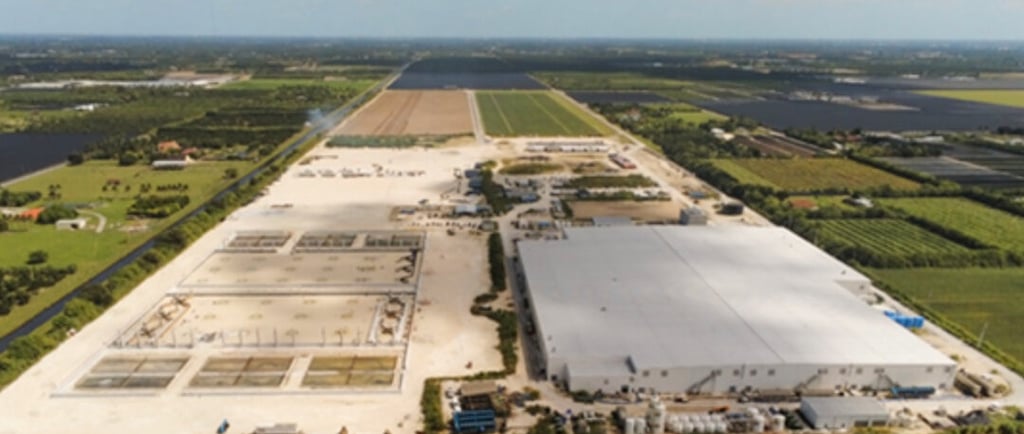Bespoke syndrome and the adjascent possible in RAS
How come coral reefs are so biodiverse with so little resources at their disposal? The answer is innovation (as an evolutionary feature). The emergence of innovation in complex networks is a natural phenomenon that RAS must tap into to evolve.
Carlos
7/13/20253 min read


I'm a bit of a scientist philosopher myself
I have been spending quite some time thinking about how RAS are built and how they could be built better. One concept that can't escape my thinking is the “bespoke syndrome.” Another is a powerful idea borrowed from evolutionary theory and innovation studies: the “adjacent possible.” I used these concepts to help explain why RAS development often feels like a puzzle being solved from scratch each time—and where the next leap forward might come from.
The Bespoke Syndrome
If you’ve worked in RAS long enough, you know the pattern. Every farm is custom. Each design is a one-off. Engineering decisions are made farm by farm, case by case. Local conditions, client preferences, and internal biases shape everything. We redraw the plans from zero every time.
Its understandable. RAS is a complex. But the downside of this bespoke approach is that it severely limits scalability, repeatability, and speed of deployment. It creates friction, for example:
It drives up CAPEX
It makes operations hard to optimize
It hampers knowledge transfer and predictability because not two farms are the same.
I was happy to learn other industries have gone through this phase. Think of early car manufacturers building each vehicle by hand—or the first generation of software companies writing everything from scratch. Eventually, they broke through.
Industries have broken through the bespoke syndrome by moving to platforms, modules, shared standards, and scalable processes. I believe RAS at large needs to do the same.
The Adjacent Possible
Enter the concept of the adjacent possible. Coined by biologist Stuart Kauffman, it refers to the set of innovations that are just one step away from what already exists—new combinations of existing components, ideas, or technologies that become possible as complexity increases.
The adjacent possible is not science fiction. It’s not guessing the future. It’s about exploring the immediate frontier of what’s doable—if we’re willing to look beyond our habitual patterns.
RAS has already made important steps into its adjacent possible. The field has drawn heavily from wastewater treatment engineering, and that has shaped many of the biological and mechanical filtration strategies we now consider standard. In Norway, the influx of professional from offshore engineering, construction, finance and Oil&Gas have helped the RAS sector develop in ways we are dream of in other latitudes.
Take robotics and automation. Outside of RAS, these are revolutionizing logistics, vertical farming, and precision animal husbandry. In our world? Still work to do.
Take mass manufacturing. We continue to pour concrete and run pipes like it’s the 1990s. But what if modular RAS units could be built in a factory, trucked to site, and snapped together like IKEA kitchens? This idea is far from revolutionary, but its engineering and logistic implementation is far from achieved.
Instead of looking ahead, we need to look around
I believe the next generation of RAS will need:
Open standards, adopted by RAS engineers, intergrators, builders. Blackboxing a biofilter calculation method will no longer be economically viable because information scarcity is dying quickly.
Vertical integrations across the value chains. Think SpaceX, now think how a RAS builder uses hundreds of parts and dozens of services, all of which have their own cost inefficiencies and profit margins stacking up.
Mass, automated manufacturing. Drum filters are still made by hand. Why can't we have assembly lines?
Designs that require less money to run. More and better automation, more predictability, less reliance of workers to detect issues, less energy use.
More and more knocking on the doors of our industrial neighbors to see what they are cooking - maybe we can take home a trick or two.
That’s as far as I can see right now. The rest? That’s the adjacent possible.
ChimanaTech
Chimana Management BV
Hemelrijk 2A
5281PS
Boxtel
The Netherlands
carlos@chimana.tech
+31 612 769 754
© 2025. All rights reserved.
